The Story of Carolyn Carr
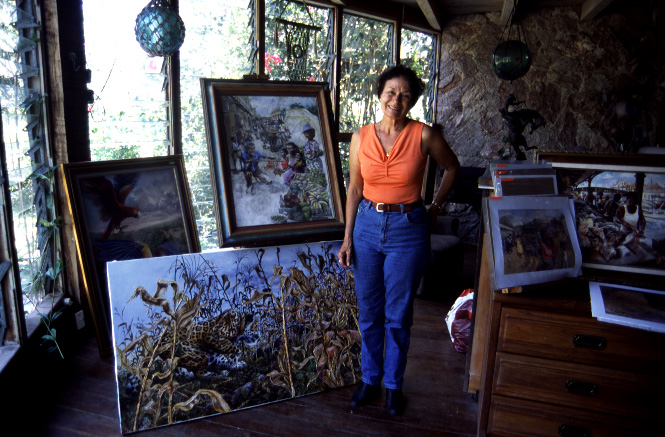
By Jim Moerschel
It was our first evening meal in the huge thatched roofed restaurant
at Banana Bank Lodge and we were just getting to meet some of the other
guests staying there.
John Carr, the owner of the lodge had already sat down and was making
introductions and chatting with everyone. As people filed in and others
were ordering drinks, a lady in blue jeans and orange blouse, who at first
glance appeared to be one of the guests sat down at our end of the long
table and said a quiet hello.
John, introduced all of us to the soft spoken lady in blue jeans, his
lovely wife Carolyn. Decorating the inside of the walls of this traditional
Mayan structure were several large prints, each a representation of life
in the country we were about to see – Belize. And, we were sitting
next to the artist in the Jungle… Carolyn Carr.


There were several reasons why I chose Banana Bank Lodge as our
first lodge on a three week trip through Belize. The location was remote
from the city, the ranch was on 4000 acres of wilderness, a jaguar named
Tika could be photographed here and I was intrigued by the art that I
saw on the internet created by the owner,
and the lady sitting next to us – Carolyn Carr.
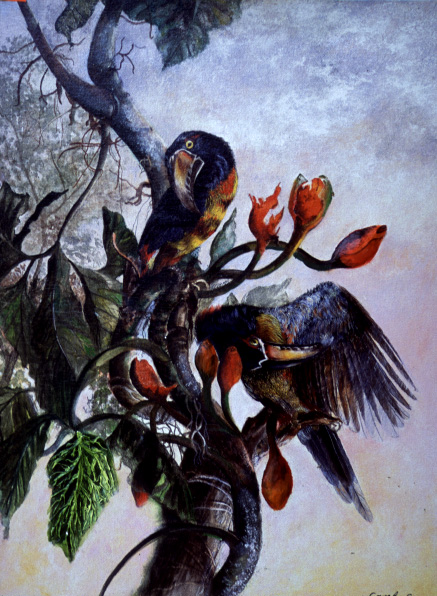
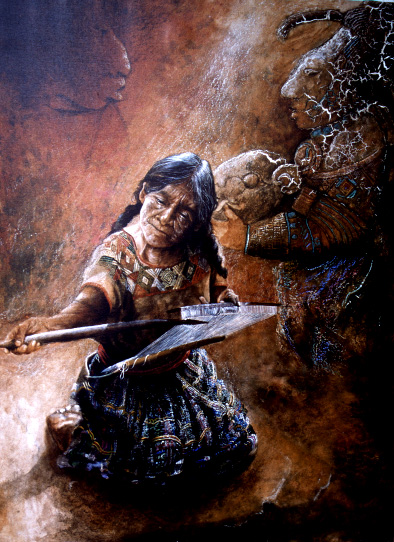
I write this article with two goals. One is to instruct on how
to do “copy work” of art, which will be explained step by
step at the end. The other is
to compare the two forms of art, painting and photography, to show how
each medium tells its own story and the passion and motivation that the
artists possess
to create their own style of art.
Carolyn Carr grew up on a wheat farm in western Kansas and as a child
remembers all the hardships, hard work and perseverance that kept the
family farm
going. She remembers sitting on the tailgate as a 4 year old and her grandpa
gave her a pencil and a piece of cardboard to keep her busy. He showed
her how to create a three dimensional cube out of a few straight lines
that intrigued and
planted the artistic seed inside the head of his little farm girl. Little
did grandpa
know then how powerful that seed was, how it would grow in years to come
and the wonderful fruit it would someday bear.
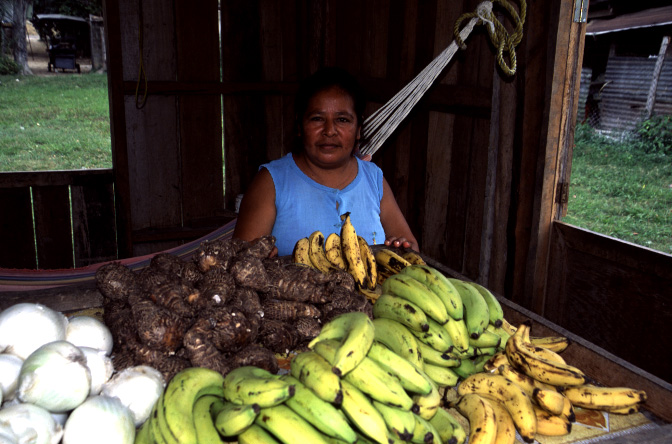

In 1973, John and Carolyn purchased the 4000 acres of land known
as Banana Bank and moved there in 1977. They just packed up all their
belongings, left the
plains of the west and moved into raw jungle next to the sinuous Belize
river that
virtually cut them off from the outside world. The pull ferry was the
only way in and the only way out. Just like today.

Inspiration in any art form can be enhanced in the mind by being immersed
in a
completely new land. Everything is new to the eye, mind and spirit that
rejuvenates
the creative spirit within the artist. I had that happen the moment I
set foot at Banana Bank Lodge. Believe it or not, the pull ferry experience
was like a step back in time, a wonderful shock to my senses, the feeling
like I was in an Indiana Jones movie, the feeling I was about to enter
an intriguing lost world, the anticipation I
would create some wonderful photographs here.
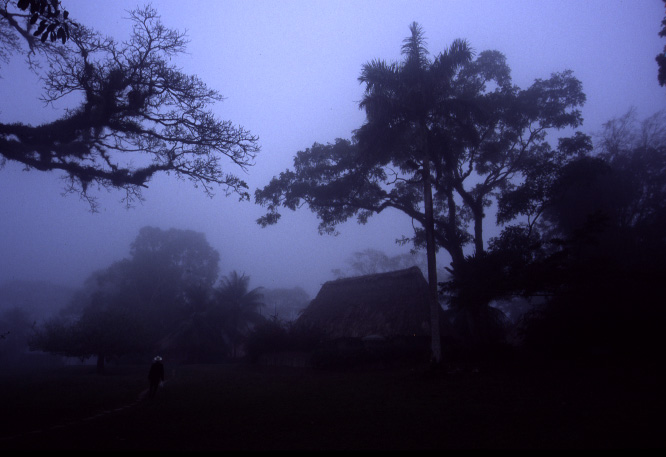
Three weeks in a country is far too little time to sufficiently
get to know the people, places and things well enough to create a complete
documentary, but by
viewing Carolyn’s art, hearing her stories and learning about her
philosophy I feel I went about the task of photographing Belize and her
people in a way that does
tell as meaningful a story as possible in so short a time. But I wish
it could have been longer.
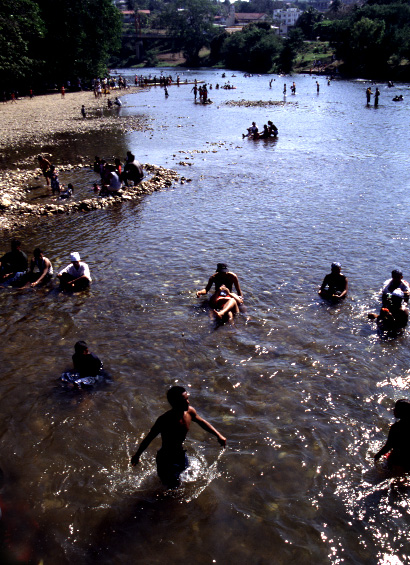
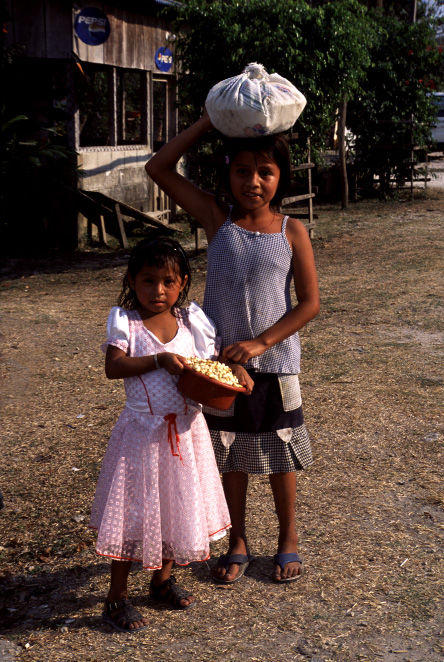
When one views her scenes, they depict the everyday life of the
people of Belize.
The art conveys the spirit, culture, love of family, play and work of
the country folk
and those of the coastal town of Belize City. Carolyn carries a camera
as she travels around, snapping images of people, buildings, modest houses,
jungle, animals, birds and Mayan ruins. She then can create paintings
that contain real people, real buildings, add montages when necessary,
all with the sense of telling vibrant and compelling stories about the
life she sees from day to day.
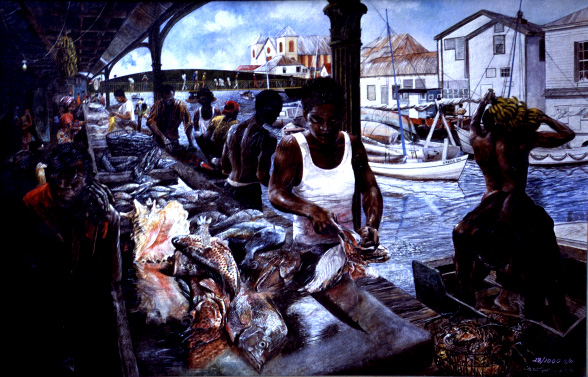
We had the privilege of having her tell some of these stories
about her work and
video taped this experience. On a day when she was not at her studio,
I set up my tripod and photographed many of her large paintings. John
also has a large collection of Mayan artifacts gathered over time from
the many Mayan Ruins that are on his land. These spear points, blades
and tools I photographed on the skin of
a jaguar that was shot many years ago. This made an appropriate background
since the Maya worshipped the Jaguar.

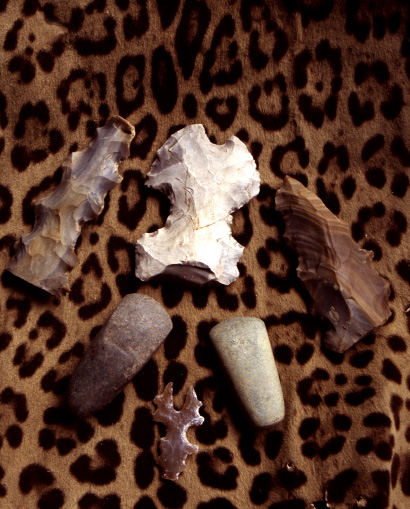
Throughout the entire trip, my image making was influenced by
both Carolyn’s art and my background as a travel photographer. I
searched the back streets of tiny villages for quaint homes, people at
work and play and particularly the interaction of Children with parents
and their pets. I searched for those with the classic Mayan

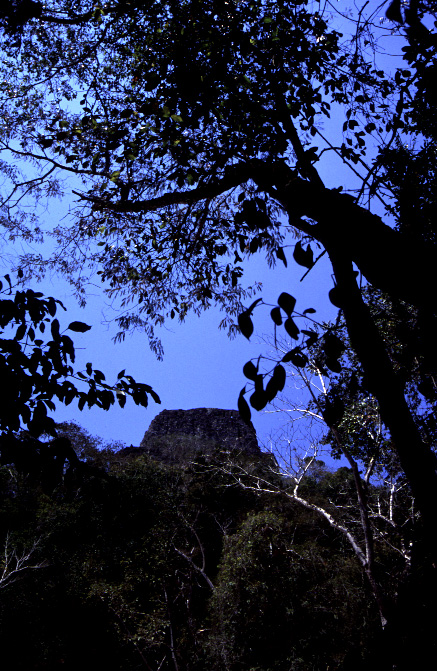
faces, whose ancestors date back over 2000 years and built a tremendous
civilization in this land now known as Belize.
Before leaving Banana Bank, Lorraine and I purchased one of Carolyn’s
large prints. She never sells her originals, but does limited editions
of each. We selected
“Maya Flight” and it now graces the wall in our living room.
Here in her own words is her story about this artistic experience.
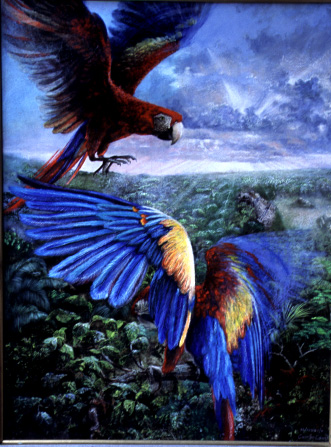
“On my first trip to Caracol, far in the distance I could
hear their quarreling, but could not catch even a glimpse of them. Evening
brought on a frenzy of squawking that carried well in the humid air. The
macaw, like the Maya that had lived here 2000 years before were, for me
elusive. They, like the Maya could take flight from this place and not
return. As artists tend to do, I took the liberties to paint what I longed
to see, the birds in flight, colors ablur, free from the impact of civilization,
but somehow approachable. I wanted to paint their future as secureeven
though truthfully, they are highly endangered.”
Carolyn is deeply influenced by her surroundings, both in Banana Bank
and
throughout Belize and nearby Guatemala. She speaks about the wondrous
flight of a Blue Morpho Butterfly,
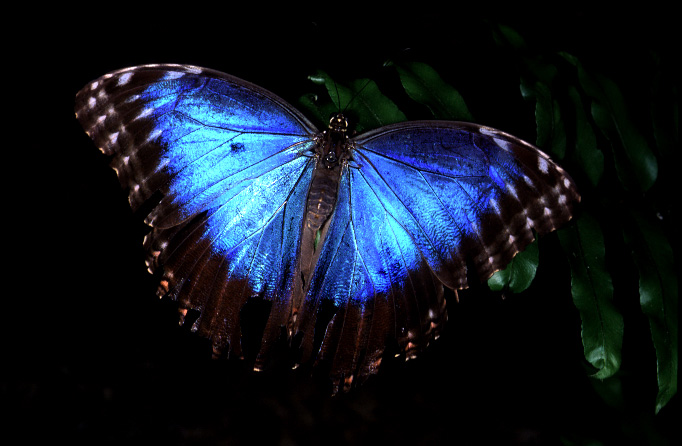

the colors of a Toucan, the stealthy movements of a jaguar, the tangle of jungle growth, the faces of tiny Mayan children. She sees the women washing clothes in the river, their children swimming nearby, the fruit vendors and

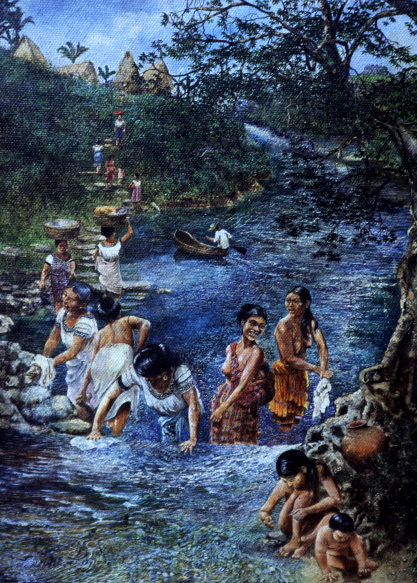
the occasional sighting of a Boa Constrictor as it gracefully glides through a tree. These are the images that
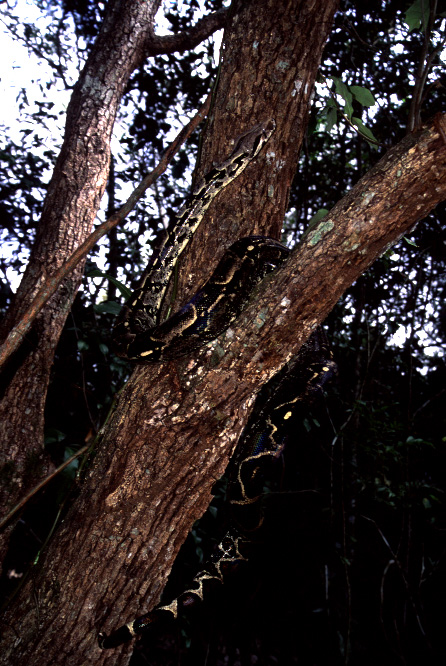
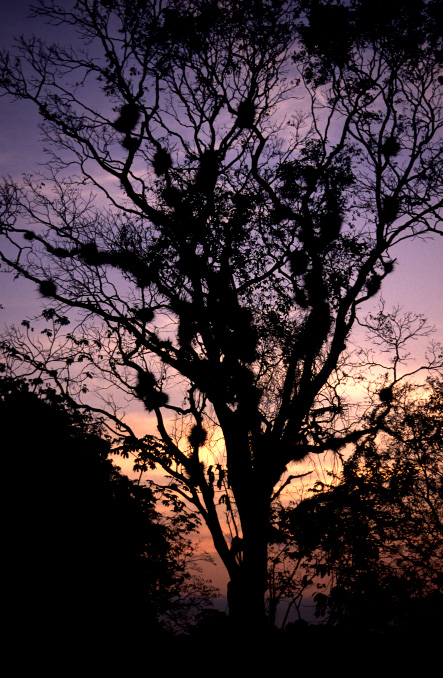
fascinate and spawn the desire of creativity in her work. These are scenes of life, as modest as it may

seem to those of us from more affluent lives,
but they are not scenes of poverty or despair as some may view them. Most
Belizean people from rural areas are farmers. They are self sufficient,
proud, hard working - people close to the land. As we look back to where
John and Carolyn grew up in rural America on farms and ranches, we catch
a glimpse into the connecting bond of that 4 year old farm girl sitting
on the tailgate
of her dad’s truck with her grandfather… self sufficient,
proud, hard working - people close to the land. The fertile seed of artistic
rendering was planted that day with a simple pencil and cardboard, an
inspiration that knew no bounds, that one day left the plains of Kansas
and blossomed like the beautiful orchids that Carolyn grows today in her
beloved Banana Bank.
“Thanks for the inspiration Carolyn,”
Jim Moerschel

How to copy art work
1. Always use a tripod or copy stand.
2. Place the art in soft light. North window light is best.
3. Parallel the lens to the art work as perfect as possible.
4. Matrix metering worked fine for these photos.
5. Select f8 – f11 as a good working aperture.
6. Use a cable release when possible.
7. Bracket exposures when possible.
8. If glare persists, use a polarizing filter
These techniques will yield high quality images of any type of art work
or copying old photos. Good luck in your image making.
Visit them at www.bananabank.com